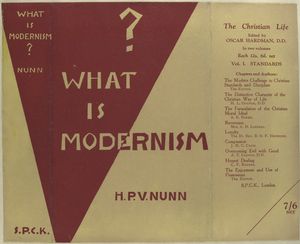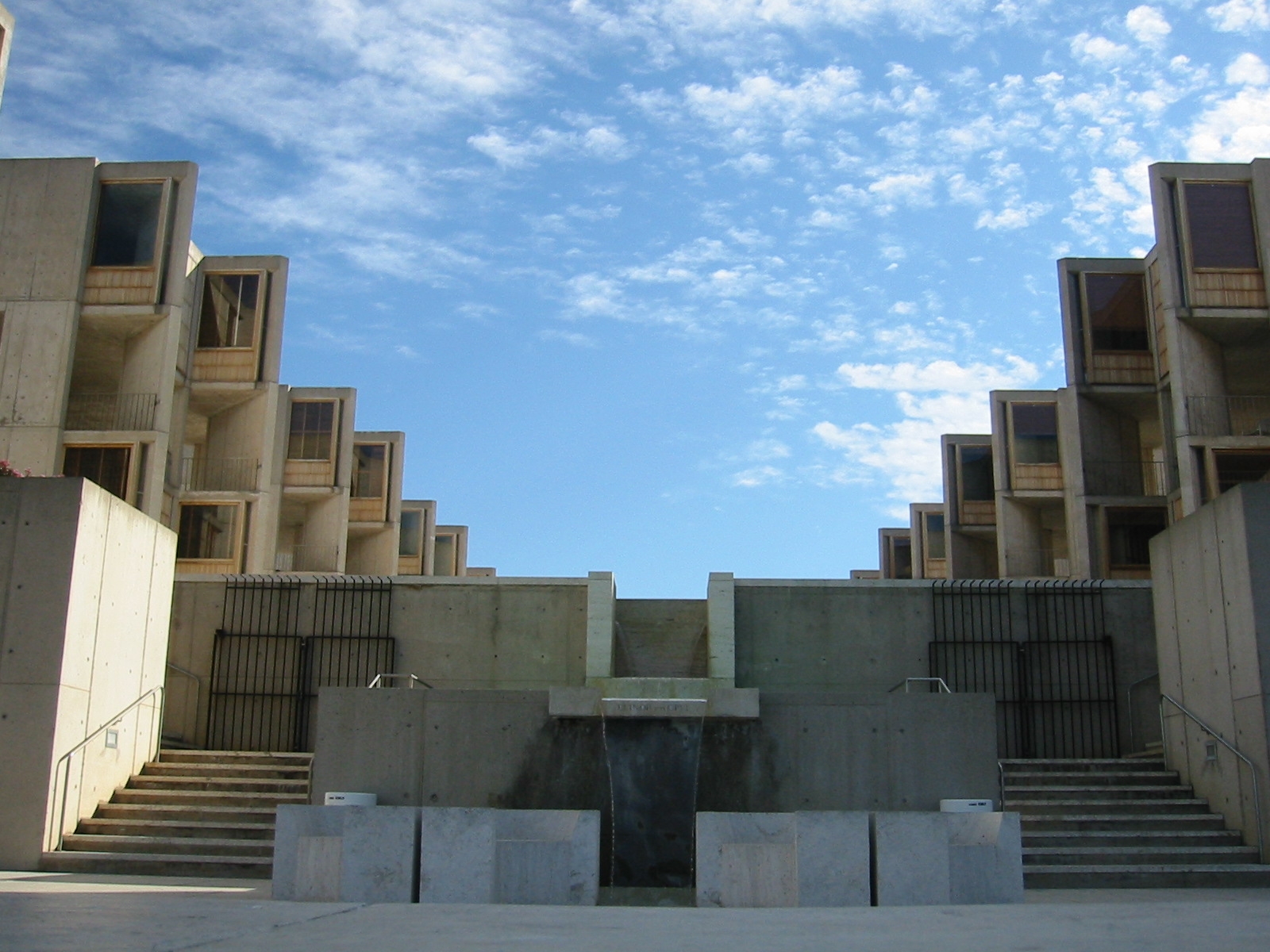
What is modernism?
Modernism is refered to the time where the industrialized world emerged changing the economic, social and political conditions wich influenced the way of feeling traditional forms of art. It rejects the ideology of realism.
Modern architecture is characterized by simplification of form and creation of ornament from the structure and theme of the building.
Notable architects important to the history and development of the modernist movement include Frank Lloyd Wright, Ludwig Mies Van der Rohe, Walter Gropius, Le Corbusier, Oscar Niemeyer and Alvar Aalto.



( Pampulha Church "Oscar Niemeyer" - Ville Saboya "Le Corbusier" - Säynätsalo Town Hall "Alvaar Alto")
What is it called in different countries?
Belgium and France: Art Nouveau
England : Modern Style
Austria: Secession
Germany and Nordic Countries: Jugendstil
The Netherlands: Nieuwe Kunst
Italy: Liberty/Floreale

(Bauhaus Logo)
When did it start and why?
Its started at the turn of the 20th century but it gained popularity after the Second World War, when it was adopted by many influential architects and educators and continues as a dominant arcitectural style for many buildings into the 21th century.

(Salk Institute "Louis Kanh")
What are its main characteristics?
- The notion that "Form follows function" (Louis Sullivan), meaning that the result of design should derive directly from its purpose.
- Simplicity and clarity of forms and elimination of "unnecessary detail".
- Visual expression of structure (as opposed to the hiding of structural elements).
- The true nature or natural appearance of a material ought to be seen rather than concealed or altered to represent something else.
- Use of industrially-produced materials; adoption of the machine aesthetic.
- Visual emphasis on horizontal and vertical lines.
Post-listening interactive activities


New Words:
Curtain Wall: a nonbearing exterior wall between columns or piers.
Reject: to refuse to accept, consider, submit to, take for some purpose, or use <rejected the suggestion><reject a manuscript>
Nihilistic: a viewpoint that traditional values and beliefs are unfounded and that existence is senseless and useless.
Comments (0)
You don't have permission to comment on this page.